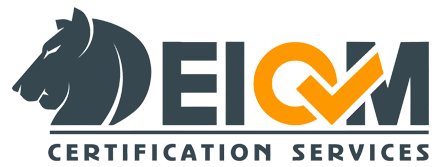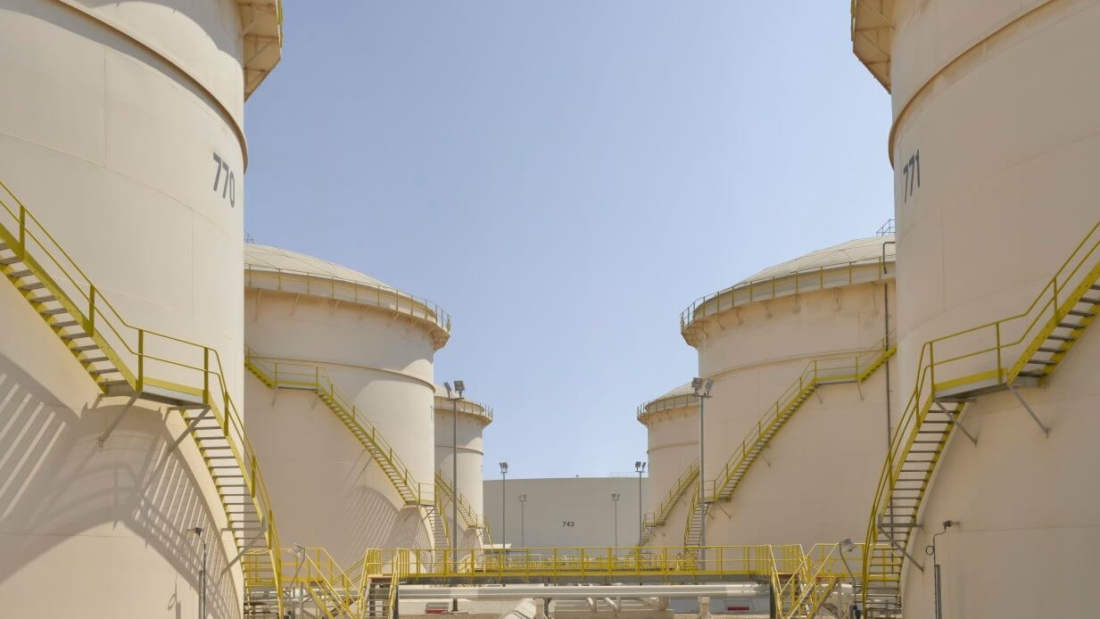Introduction
In the vast and complex world of petroleum products and other liquids, ensuring quality and consistency is paramount. One of the key standards that help maintain this is this standard. But what exactly is ISO 17315, and why is it so important? This article will delve into the specifics of this standard, exploring its development, scope, benefits, and much more.
History and Development of ISO 17315
Origins of ISO Standards
ISO, or the International Organization for Standardization, has been creating global standards for a variety of industries since its inception in 1947. These standards ensure that products and services are safe, reliable, and of good quality.
The Need for ISO 17315
The petroleum industry, along with other liquid industries, operates on a global scale. Variations in quality and safety can lead to significant problems, including safety hazards and economic losses. To address these issues, this standard was developed as a comprehensive standard.
Development Process
The development of this standard involved extensive collaboration among experts from various countries. This collaborative process ensures that the standard meets international needs and reflects the latest technological advancements and industry practices.
Technical Specifications and Requirements
Detailed Technical Requirements
ISO 17315 outlines specific technical requirements that products must meet. These requirements are based on rigorous scientific research and industry best practices.
Testing Methods
The standard specifies detailed testing methods to ensure the accuracy and reliability of results. These methods are crucial for verifying that products meet the established criteria.
Quality Control Measures
Quality control is a critical component of this standard. The standard includes guidelines for implementing effective quality control measures to maintain consistency and safety.
Benefits of ISO 17315
Ensuring Consistency and Quality
One of the primary benefits of this standard is that it ensures consistency and quality across the industry. This consistency is crucial for maintaining safety and reliability.
Facilitating International Trade
By providing a common set of standards, ISO 17315 facilitates international trade. Companies can operate more efficiently and confidently when they know that their products meet global standards.
Enhancing Safety and Environmental Protection
this standard also plays a significant role in enhancing safety and environmental protection. The standard includes guidelines for handling and testing that help prevent accidents and minimize environmental impact.
Implementation of ISO 17315
Steps for Adoption
Adopting ISO 17315 involves several steps, including understanding the requirements, training staff, and implementing necessary changes to processes and equipment.
Challenges in Implementation
Implementing the standard can be challenging, particularly for smaller companies. Challenges may include the cost of compliance and the need for specialized equipment and training.
Case Studies of Successful Implementation
Many companies have successfully implemented this standard, resulting in improved quality and efficiency. Case studies highlight best practices and provide valuable insights for other companies.
Compliance and Certification
Certification Process
Obtaining certification for ISO 17315 involves a thorough review by a recognized certification body. This process ensures that the company meets all the requirements of the standard.
Role of Regulatory Bodies
Regulatory bodies play a crucial role in overseeing the implementation of this standard. They ensure that companies comply with the standard and maintain the highest levels of quality and safety.
Maintaining Compliance
Maintaining compliance with ISO 17315 requires ongoing effort. Companies must continuously monitor their processes and make necessary adjustments to stay compliant.
Comparing ISO 17315 with Other Standards
Differences and Similarities with Other ISO Standards
this standard is part of a broader family of ISO standards. While it shares common principles with other standards, it also has unique requirements tailored to petroleum products and other liquids.
Comparison with Regional Standards
Regional standards may differ from ISO 17315 in various ways. Comparing these standards helps companies understand the global landscape and align their practices accordingly.
Impact on Industry
Effects on Petroleum Industry
The adoption of this standard has had a profound impact on the petroleum industry, improving quality, safety, and efficiency.
Influence on Other Liquid Industries
Other liquid industries, such as chemicals and beverages, have also benefited from the guidelines set forth in ISO 17315.
Economic Impact
The economic impact of ISO 17315 is significant. By ensuring consistent quality and facilitating international trade, the standard helps boost the global economy.
Conclusion
ISO 17315 is a critical standard for the petroleum and other liquid industries. By providing comprehensive guidelines for quality and safety, it ensures consistency and reliability. The benefits of ISO 17315 are far-reaching, from facilitating international trade to enhancing safety and environmental protection. As the industry continues to evolve, ISO 17315 will remain a cornerstone of quality and safety standards.

